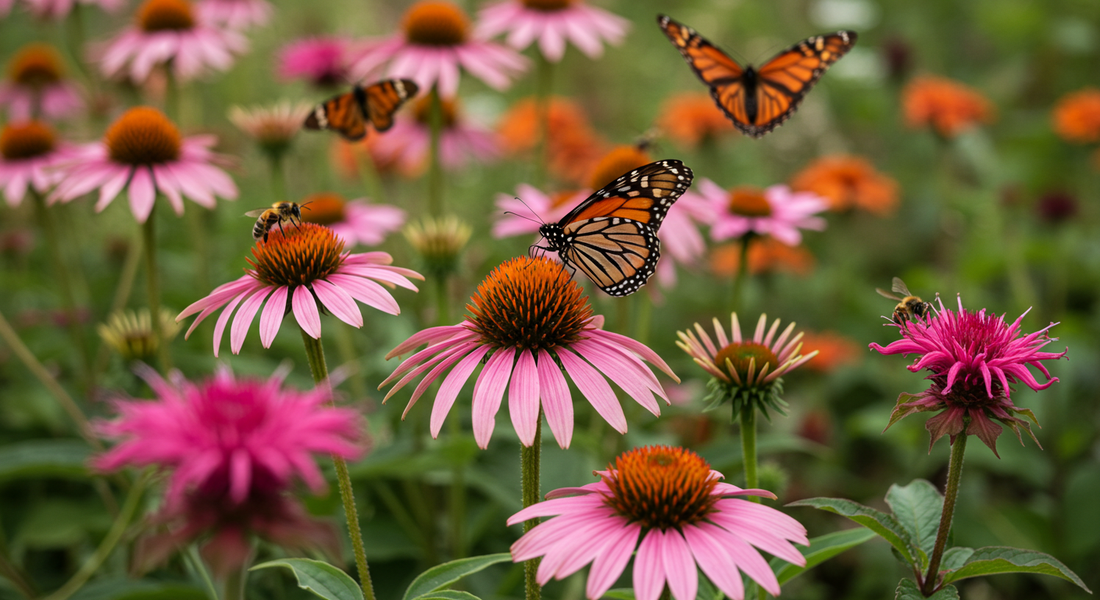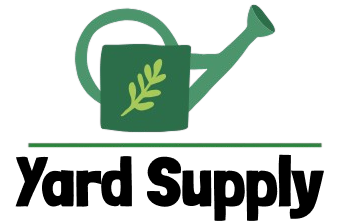
How to Create a Pollinator-Friendly Garden to Attract Bees and Butterflies
Share

Our backyards can be more than just a patch of grass; they can be vital, thriving ecosystems. By making a few conscious choices in our gardens, we can become backyard heroes for some of nature's most important creatures: the pollinators. Bees, butterflies, hummingbirds, and other insects are essential for a healthy planet. They are responsible for pollinating a huge portion of the food we eat and are a cornerstone of a balanced ecosystem. Creating a pollinator-friendly garden is a deeply rewarding endeavor, transforming your space into a sanctuary that is not only beautiful but buzzing with life.
Plant Selection is Key
The single most important factor in how to attract bees and butterflies is choosing the right plants. The goal is to provide a reliable, season-long buffet for your tiny visitors.
-
Go Native: Whenever possible, choose native plants for pollinators. These are the plants that have co-evolved with your local insect and bird populations, making them the most recognizable and beneficial food source. They are also perfectly adapted to your climate, meaning they'll require less water and maintenance once established.
-
Plant a Variety: A successful pollinator garden offers a variety of flower shapes, colors, and bloom times. Different pollinators have different mouthparts suited to different flower shapes. A mix of colors will attract a wider range of species. Most importantly, plant a sequence of flowers that will provide continuous blooms from early spring to late fall, ensuring a constant food source.
-
Top Pollinator Garden Plants: While you should research plants native to your specific region, here are some widely-loved pollinator garden plants:
-
Flowers: Coneflower (Echinacea), Black-Eyed Susan (Rudbeckia), Bee Balm (Monarda), Zinnia, and Milkweed (Asclepias) - a must-have for monarch butterflies.
-
Herbs: Let some of your herbs flower! Bees love the blooms of Lavender, Borage, Chives, and Mint.
-
Shrubs: Butterfly Bush (Buddleia) and Lilac are classic choices for beautiful, fragrant blooms that are irresistible to pollinators.
-
Provide Water and Shelter
Food is crucial, but pollinators also need water and a safe place to rest and raise their young. These are essential components of any butterfly garden ideas.
-
Create a Bee Bath: Bees and other small insects can easily drown in deep water. Create a safe water source by filling a shallow dish or birdbath with pebbles, marbles, or small stones. Add just enough water so that the tops of the stones remain dry, giving the insects a safe place to land while they drink.
-
Leave Some Areas "Wild": A perfectly manicured garden is not always the most wildlife-friendly. Many native bees are solitary nesters that live in hollow plant stems or tunnels in the ground. You can help them by leaving a small, undisturbed patch of bare soil or creating a "bug hotel" from a bundle of hollow reeds or bamboo. A small pile of leaves and twigs can also provide crucial shelter.
Go Pesticide-Free
This is a non-negotiable rule for a pollinator garden. Pesticides, especially systemic ones, do not differentiate between "pests" and beneficial insects.
-
The Dangers of Pesticides: Spraying your garden with chemical pesticides can be devastating to pollinator populations. Even if you don't see them, the residue can be picked up by bees and butterflies, harming them and the health of their entire colony or brood.
-
Embrace Organic Methods: Instead of reaching for a chemical spray, use the organic pest control methods we've discussed previously. Encourage beneficial insects like ladybugs to control aphids, use physical barriers, and build healthy soil to grow strong, resilient plants that can better withstand pest pressure.
Conclusion: A Beautiful Garden that Gives Back
Creating a pollinator garden is a beautiful act of reciprocity. In exchange for a little thoughtful planning, you'll be rewarded with a garden that is vibrant, dynamic, and full of life. It’s a powerful way to give back to your local ecosystem and a constant source of joy as you watch the delicate dance of bees and butterflies in your own backyard.
